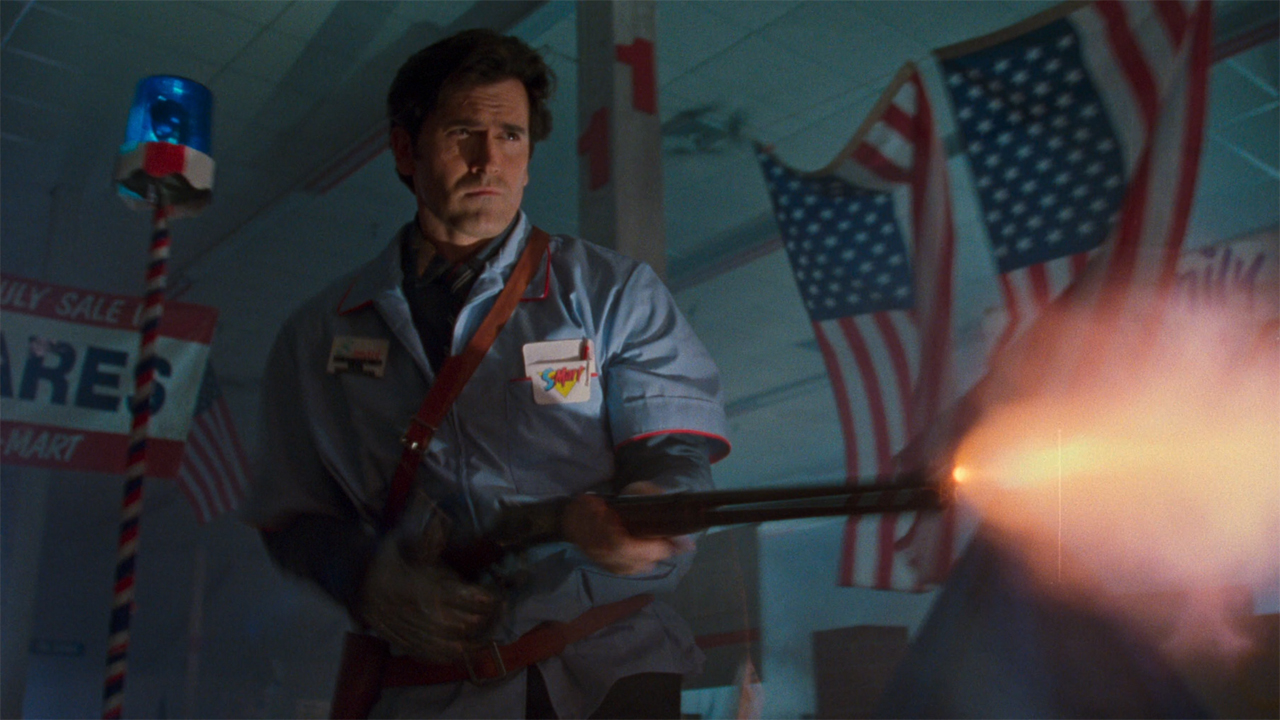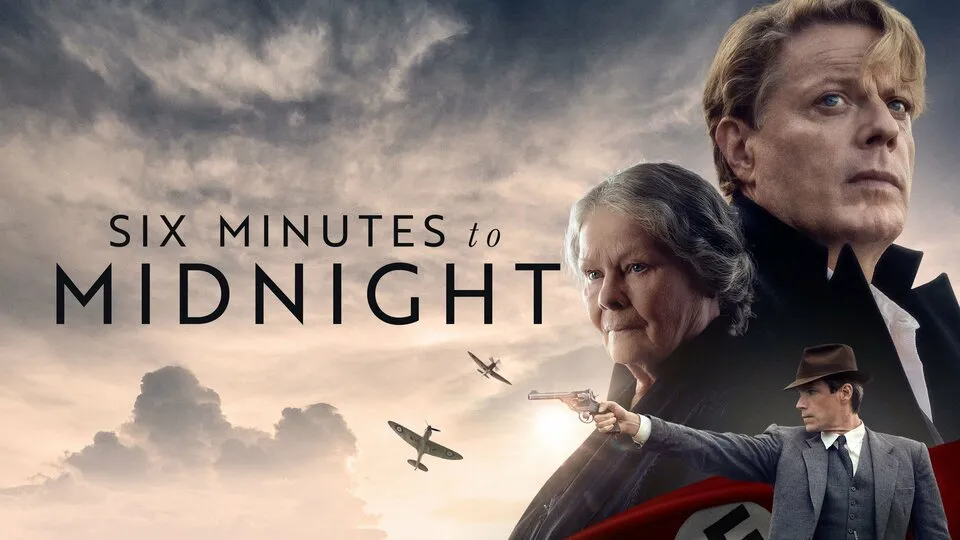“He escaped the asylum — but his mind remained the true prison.”
Asylum of Darkness is a surreal psychological horror film directed by Jay Woelfel, combining elements of classic asylum horror with disturbing mind-bending twists. The story follows Dwight Stroud, a patient who escapes a mental hospital only to find that the world outside may be just as terrifying — or worse.
After breaking free from the institution, Dwight is plagued by strange visions, faceless figures, and people who don’t seem entirely human. As he tries to piece together his past and uncover the truth about his identity, the line between delusion and reality blurs beyond recognition. Nothing and no one can be trusted — not even his own memories.

The film unfolds like a fever dream, with eerie lighting, strange camera angles, and unsettling sound design amplifying the sense of paranoia. Each scene is deliberately disorienting, mirroring the protagonist’s unraveling mind. Viewers are kept off-balance throughout, forced to question what is real and what is a symptom of madness.
Underneath the horror and surreal imagery lies a meditation on trauma and control. Dwight’s journey through both mental institutions and twisted realities explores how society defines sanity — and how easily that definition can be manipulated. In the world of Asylum of Darkness, being labeled "mad" might be the only sign of awareness.

A film that’s as cerebral as it is unsettling, Asylum of Darkness is not your typical horror flick. It challenges perceptions, distorts the familiar, and lingers long after the credits roll. For fans of David Lynch or Jacob’s Ladder, this film offers an unsettling ride into the shadowy corners of the mind.

-1752138594-q80.webp)

